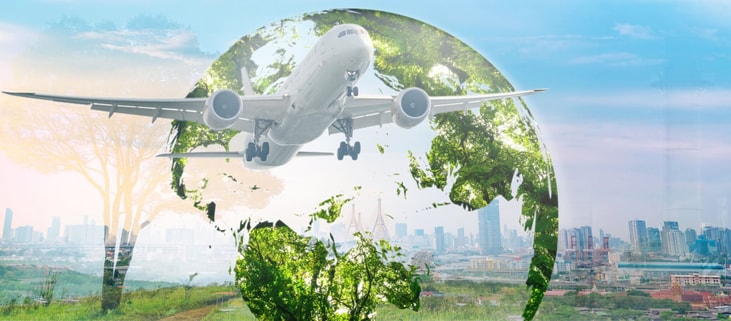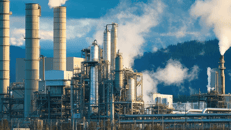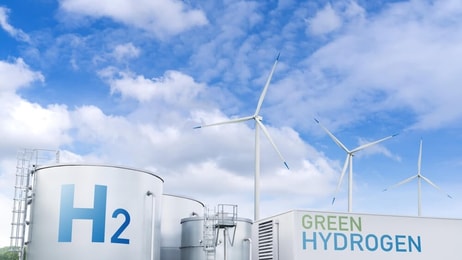Tackling carbon emissions in aviation
The aviation sector is a hard-to-abate industry for decarbonisation and will remain essential for the global economy. Today it contributes around 2-2.5% of global carbon emissions, but as other industries progress their decarbonisation journey, the proportion of aviation’s contribution to global emissions is likely to increase.
Why is aviation so hard to abate? With today’s technology, aircraft propulsion is highly dependent on kerosene, with both hydrogen and electric technologies yet to be proven commercially viable.
According to the International Air Transport Association (IATA), the average commercial aircraft flying in September 2024 is 11.6 years, with many airlines operating aircraft over 20 years old. Therefore, aircraft purchased with today’s technology will still operate in the 2040s.
So what’s the solution? The IATA Fly Net Zero strategy identifies that 13% of the solution will come from emerging technologies and just 3% from infrastructure and operational efficiency improvements, while the majority (65%) coming from adopting Sustainable Aviation Fuel (SAF). The remaining 19% is planned to come from offsets and carbon capture.
... to continue reading you must be subscribed





















